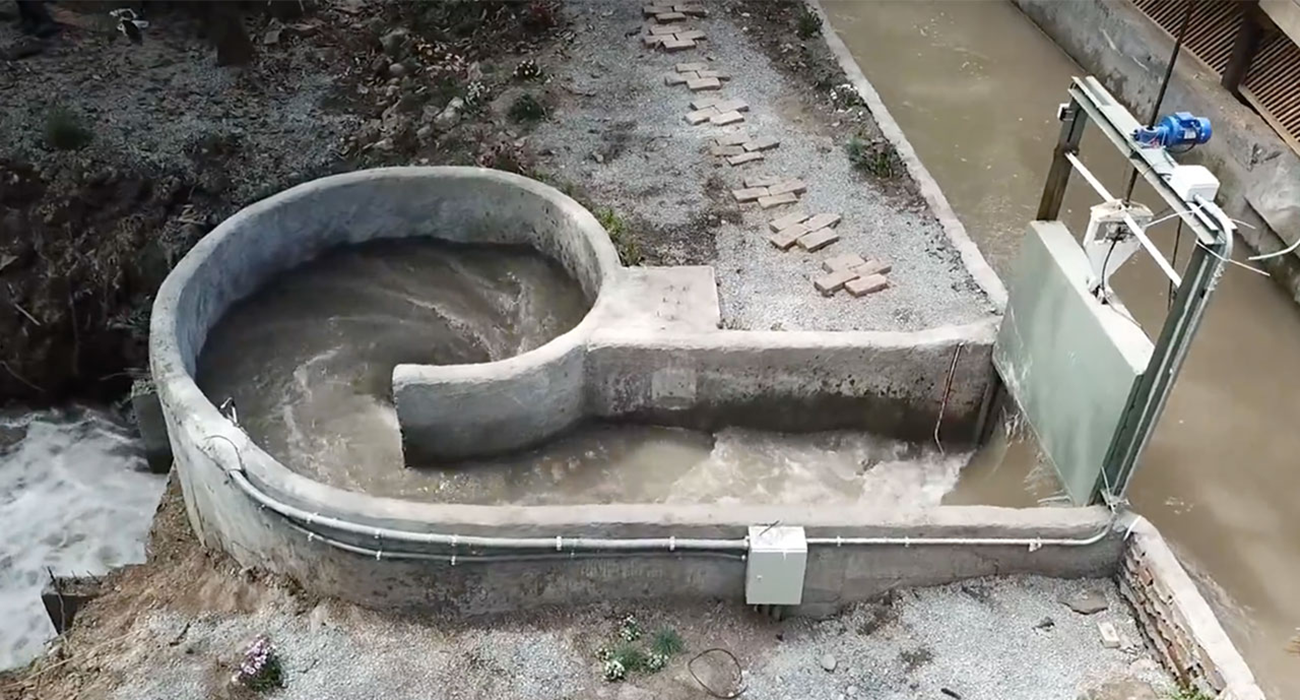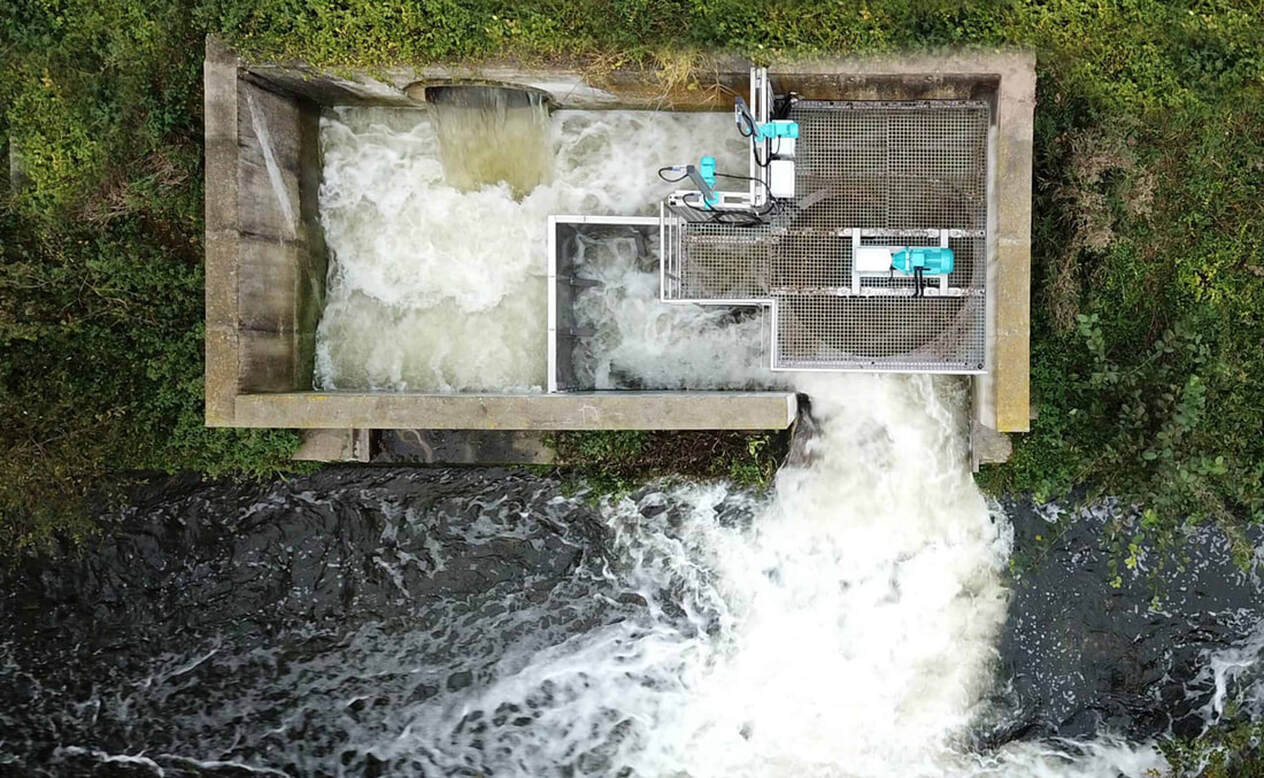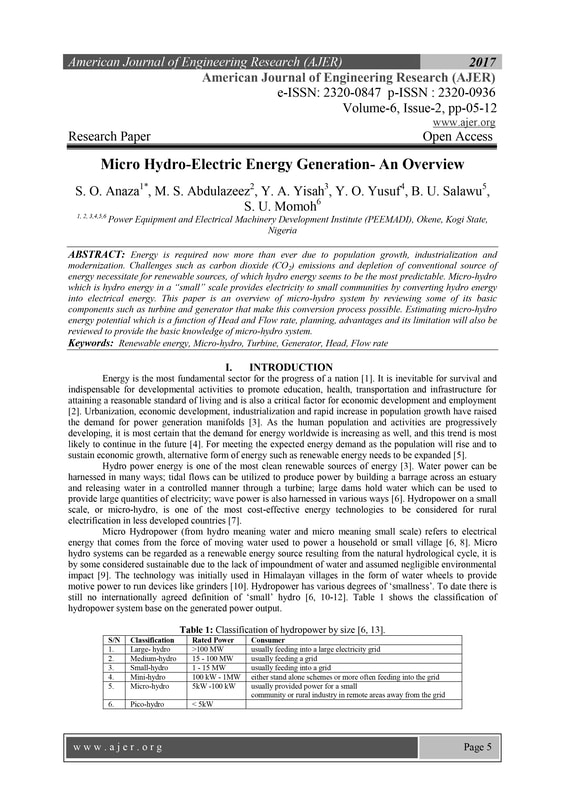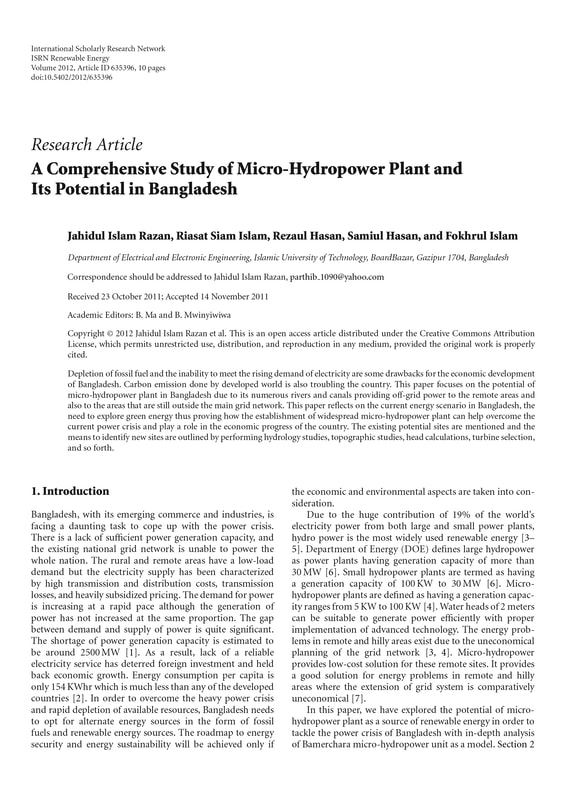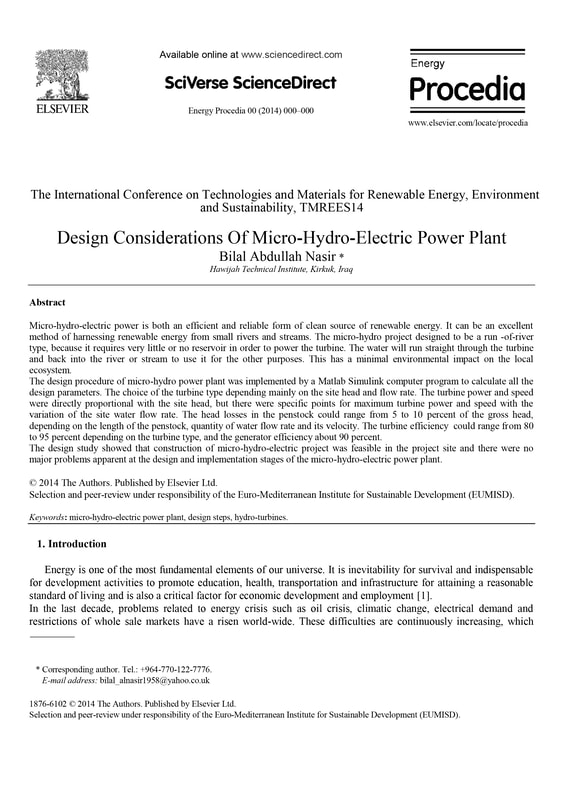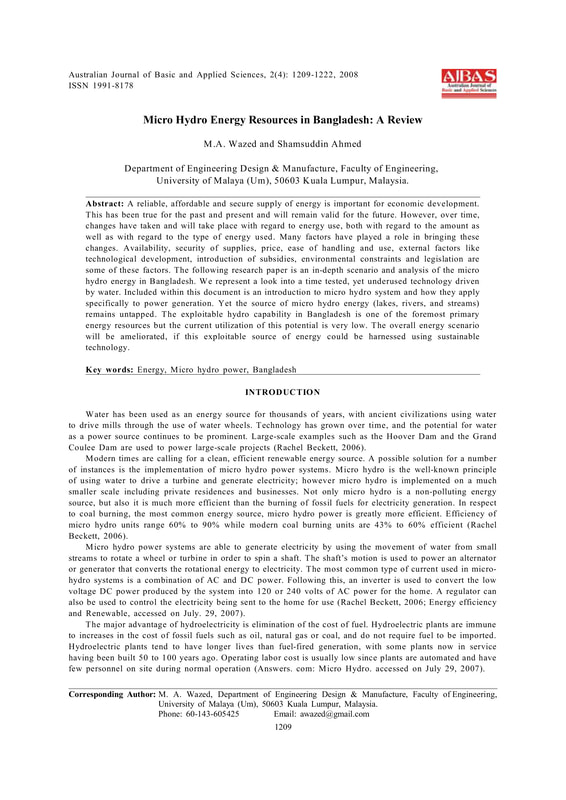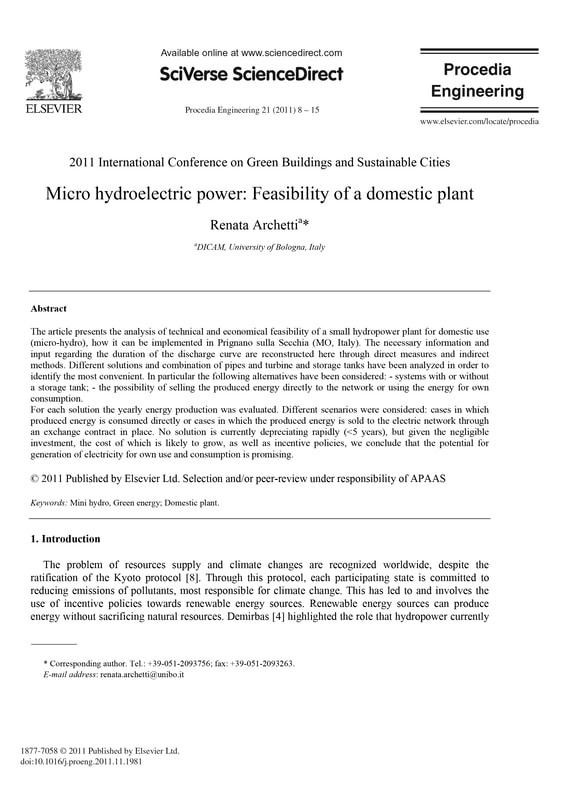- About
-
Services
- Solutions for Air Pollution
- Solutions for Climate Change
- Fruit and Vegetable Waste Management
- Glass Waste Management
- Global Sanitation & sustainability Project
- Sustainable Housing Solutions
- Water Management Solutions
- Flower Waste Management
- Plastic Waste Management
- Solar Energy Solutions
- Wind Energy Solutions
- Water Energy Solutions
- Sectors
- Consultation
- Internship
- Contact Us
- Blog
- About
-
Services
- Solutions for Air Pollution
- Solutions for Climate Change
- Fruit and Vegetable Waste Management
- Glass Waste Management
- Global Sanitation & sustainability Project
- Sustainable Housing Solutions
- Water Management Solutions
- Flower Waste Management
- Plastic Waste Management
- Solar Energy Solutions
- Wind Energy Solutions
- Water Energy Solutions
- Sectors
- Consultation
- Internship
- Contact Us
- Blog
By specialising in micro hydropower systems, we offer simple and effective solutions for utilising the power of water on your property. If water flows through your land, our systems can tap into this resource to generate electricity. Whether you own a large home, a small resort, or a hobby farm, our micro hydropower systems can provide the energy you need.
How Does Microhydropower Systems Work
Micro hydropower systems harness the power of flowing water to generate electricity, providing a reliable and renewable energy solution, understanding how these systems work can help you appreciate their efficiency and effectiveness in harnessing the energy of water.
What Are The Components of Microhydropower System?
- Water Conveyance: This component refers to the channel, pipeline, or pressurised pipeline (penstock) that delivers the water from a water source to the turbine or waterwheel.
- Turbine, Pump, or Waterwheel: The flowing water passes through a turbine, pump, or waterwheel, which converts the energy of the moving water into rotational energy.
- Alternator or Generator: The rotational energy produced by the turbine, pump, or waterwheel is transferred to an alternator or generator. This device transforms the rotational energy into electrical power, generating electricity.
- Regulator: The regulator plays a crucial role in controlling the generator's output and maintaining a stable and consistent flow of electricity.
- Wiring: The electricity generated by the system is delivered through a wiring system, allowing it to be utilised for various applications.
Benefits of Water Energy:
- Clean and Renewable Energy: Water is a clean and renewable energy source that produces minimal greenhouse gas emissions, unlike fossil fuels. By utilising the natural flow of water, micro hydropower systems generate electricity without contributing to air pollution or climate change, promoting a greener and more sustainable environment.
- Reliability and Consistency: Unlike other renewable energy sources such as solar and wind power, water energy is highly reliable and consistent. Water flows continuously, ensuring a constant source of energy that can be harnessed day and night, regardless of weather conditions. This reliability makes micro hydropower systems a dependable energy solution for powering homes, businesses, and remote areas.
- Cost-Effectiveness: Micro hydropower systems offer long-term cost savings. Once installed, the operational costs of these systems are relatively low, as they rely on the natural flow of water. Additionally, micro hydropower systems often have a long lifespan and require minimal maintenance, reducing the need for frequent repairs or replacements.
- Energy Independence: By generating your electricity using water energy, you can achieve greater energy independence. Micro hydro power systems provide an opportunity to reduce dependence on traditional energy sources and fluctuating electricity prices, giving you more control over your energy supply and costs.
- Versatility and Scalability: Micro hydropower systems can be customised to meet various energy needs. They can be installed in different settings, including residential properties, farms, small businesses, and remote communities. Moreover, micro hydropower systems can be scaled to match the available water resources, allowing for both small-scale and larger-scale energy generation.
- Environmental Benefits: Harnessing water energy reduces the need for conventional energy generation methods that rely on fossil fuels, contributing to air and water pollution. By choosing micro hydropower systems, you actively contribute to reducing carbon emissions, preserving ecosystems, and protecting aquatic habitats.
- Community Empowerment: Micro hydropower systems empower communities by providing a local and sustainable energy solution. They can enhance energy access in remote areas and support economic development by creating job opportunities related to system installation, maintenance, and operation.
Our Water Energy Solutions:
How It Works:
Compatibility and Convenience:
Stand-Alone Systems:
Make Informed Decisions:
Join the SEWS-Global and embrace the power of water as an efficient energy source. Discover the benefits of micro hydropower systems and how they can contribute to a greener future. Contact us today.
Related Resources on Water Energy Solutions (Documents)
Related Resources on Water Energy Solutions (Articles)
- Micro hydropower Systems: Harnessing the Power of Flowing Water
- Harnessing the Power of Small Streams: Exploring the Pros and Cons of Micro Hydro Power Systems
- Myths About Micro Hydro Power: Debunking Common Misconceptions
- Environmental Impact of Micro Hydropower Systems: Balancing Energy Generation and Ecology
- How to Plan a Micro Hydro Power System: A Step-by-Step Guide
Related Resources on Water Energy Solutions (Videos)
- Micro-power plants to bring electricity to millions / 07:30 mins
- Building the world's largest (and most controversial) power plant / 05:19 mins
- Energy from floating algae pods / 14:29 mins
- A country with no water / 08:00 mins
- Genius Micro Hydro Turbine Halves Cost of Energy / 06:40 mins
- Micro hydro-power 101: How to spot a site for a vortex turbine / 04:10 mins
- Learning Micro Hydro Power in depth / 05:14 mins
- Nepal Micro-Hydro / 06:56 mins
- How Wireless Energy From Space Could Power Everything / 10:54 mins
- Turbulent Energy Explained: The Vortex Turbine! / 00:38 mins
Frequently Asked Questions (FAQs) About Water Energy Solutions
|
|
Ready to make a change?Book your consultation now and unlock the solutions you need. |
|
Empowering Sustainable Solutions for a Better Tomorrow.
|
General Inquiries |
Navigate |
of the land on which our head office is located, and recognise their continuing connection to Country and community.
We also acknowledge and pay our respects to the Elders and Traditional Owners of the land on which our Canberra office stands.

